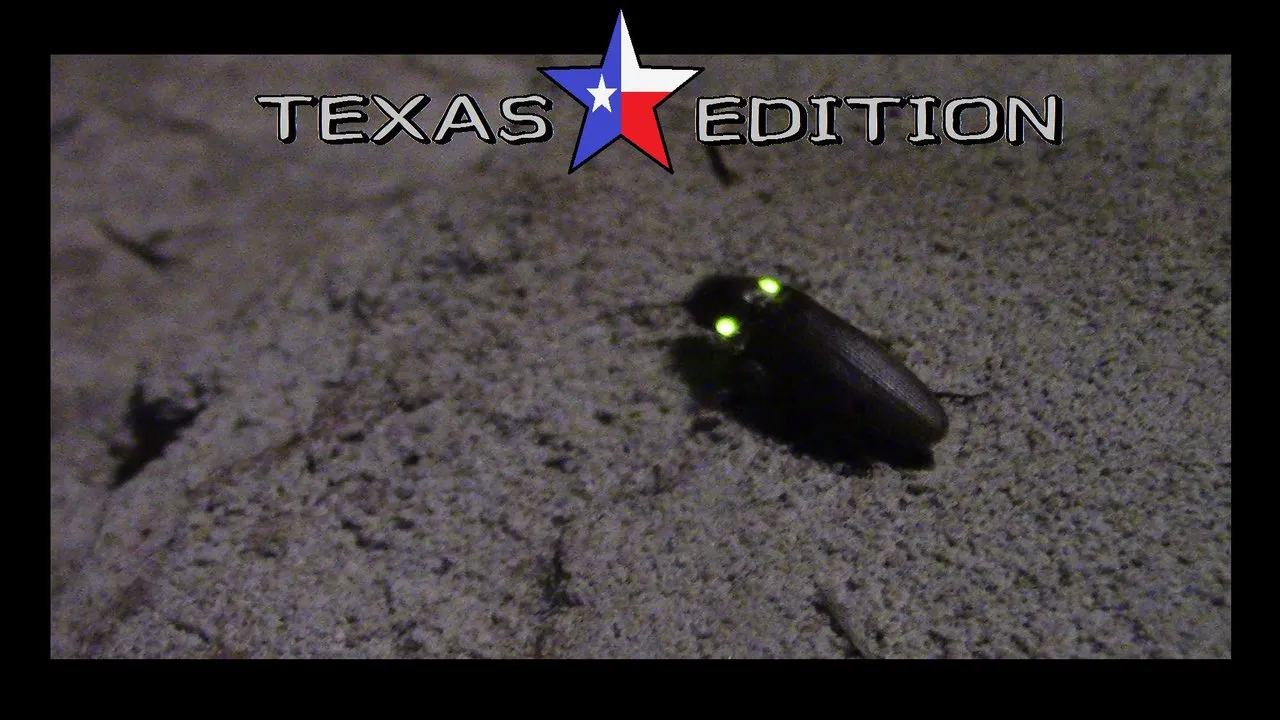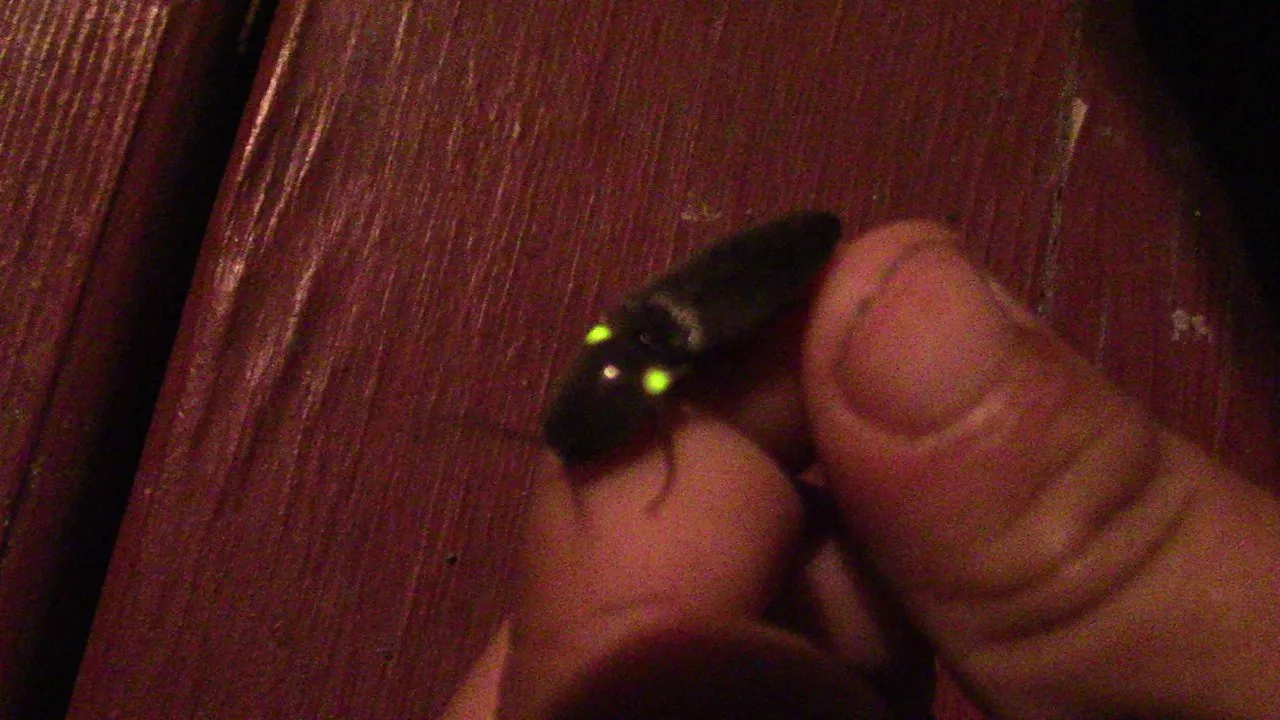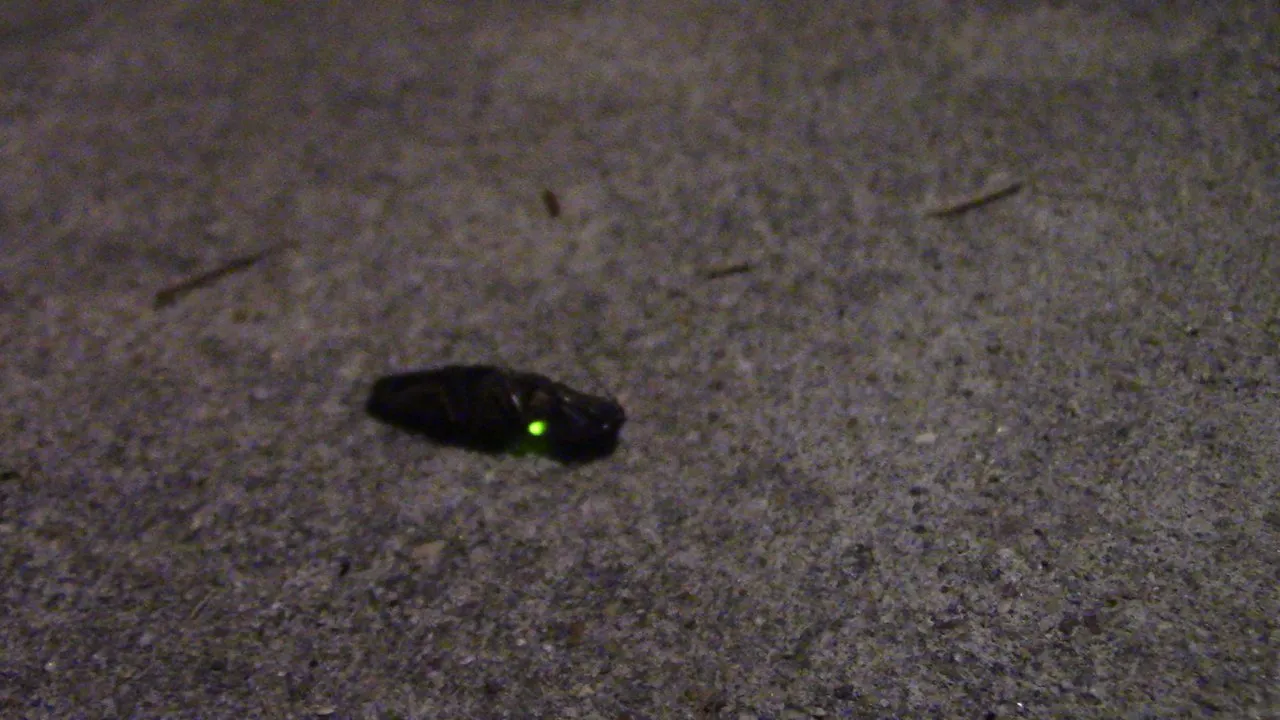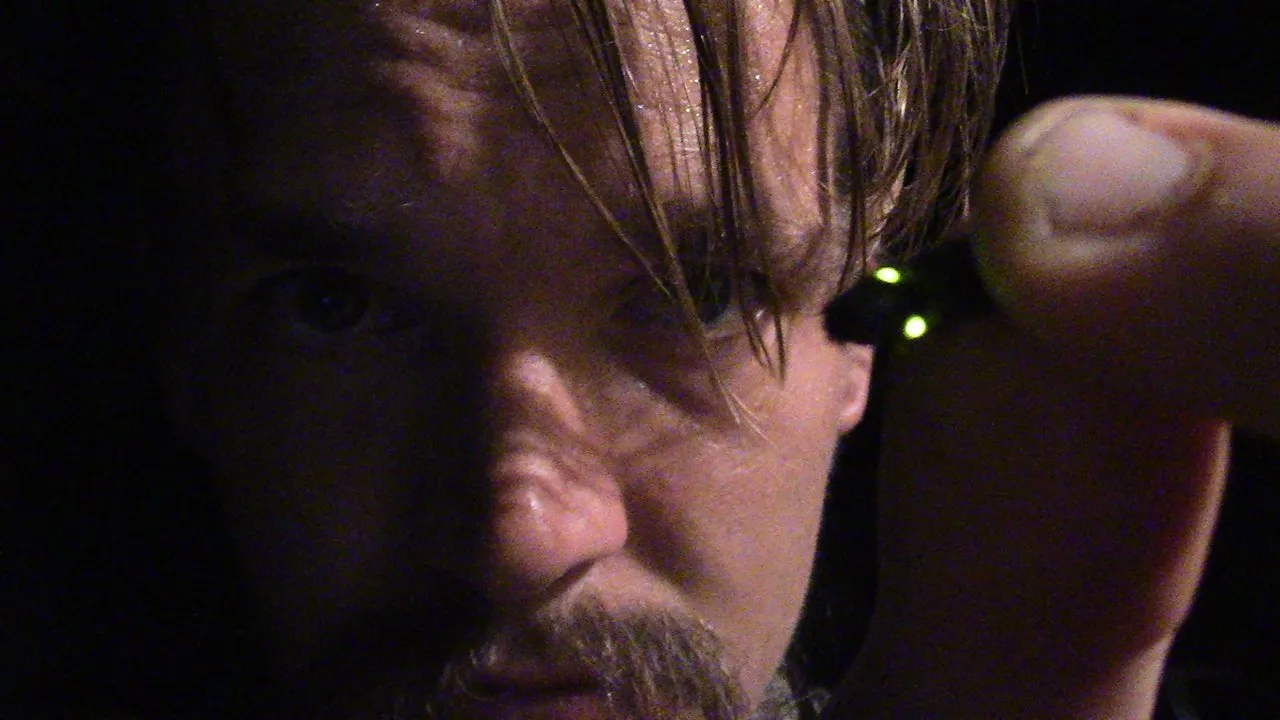
Who doesn't love a good Click Beetle, or an insect that lights up?
From the time that @papa-pepper was just a little guy, I have appreciated the creatures of the world. Starting off small with bugs and insects, I have spent a lifetime working my way up to bigger and better (and often even more dangerous) creatures. No matter what incredible creatures I may find next, there will always be a place in my heart for those little creatures that got me started.
The Click Beetle is one such creature. Back up in Wisconsin where I grew up, we had slender Click Beetles about an inch in length. I would often spend a lot of time just observing and playing with them.

WHAT EXACTLY IS A "CLICK BEETLE?"
That is a good question. Please allow me to illustrate it for you. The Click Beetles are a group of beetles that have a peculiar capability. They can "click!" There seems to be a function in this clicking that helps them avoid being eaten by predators, but there is another incredible use for it as well.

Let's say that this our Click Beetle. Obviously it is just my poor attempt at drawing a Click Beetle and it falls incredibly short of the magnificent design of the real thing, but it should still serve the purpose that I have in mind in a satisfactory manner.

Like many creatures, Click Beetles can tip over. This is not good for many reasons. Somehow, the Click Beetle must right itself so that it does not perish on its back. The first thing that a Click Beetle will try in this situation is wiggling its legs around. If it finds something to grab onto, it simply pulls itself up and gets back on its way.

If this first attempt proves to be unsuccessful, the Click Beetle will tuck its legs in and tilt its head back. From this position it can quickly CLICK its neck with such force that the beetle will be sent flying through the air. Not only can it be used to right the beetle, it can provide a lot of entertainment for young children.... or @papa-pepper. If the beetle lands on its back, it usually repeats the process, first wiggling its legs and looking for something to grab onto and then clicking again.

If the beetle lands on its feet, it will walk away and go back about its beetle business, as they have many things to attend to.

PYROPHORUS
The Pyrophorus genus consists of Click Beetles that also have bioluminescence in addition to the incredibly clicking capabilities. This allows them to light up in a similar way that Fireflies (AKA Lightning Bugs) do. Although this may seem like an incredible and rare capability, there are more than thirty species of Click Beetles within the genus pyrophorus.

The home range of most of these beetles is in the tropics and subtropics of the North and South American continents. Recently, I found one down in South Texas. Here is the video.
HEADLIGHT CLICK BEETLE IN SOUTH TEXAS

HEADLIGHTS?
Unlike the Firefly which has a flashing "tail light" the Headlight Click Beetle has two lights nearer the front of the beetle. This is where the name "headlight" originates from.

Though my photography is lacking here, you can still see the two glowing spots on each side of the "neck" of the beetle. The beetle can not only turn off its headlights at will, it can also "switch from low beam to high beam" by changing the intensity of the glow. You can see this capability in action in the video.
If you notice in the video, when I grabbed the beetle, the lights grew brighter. This is a defensive mechanism that helps them deter predators.

In this photo above, you can see that the Click Beetle has its legs tucked in and its neck tilted back ready to click. It also has its headlights on.
Have any of you ever seen a Click Beetle? Do they gross you out or do you like to play with them? Have you ever seen Click Beetles in the Pyrophorus genus before?

As always, I'm @papa-pepper and here's the proof:

proof-of-headlight-click-beetle
Until next time…
Don’t waste your time online, invest it with steemit.com

